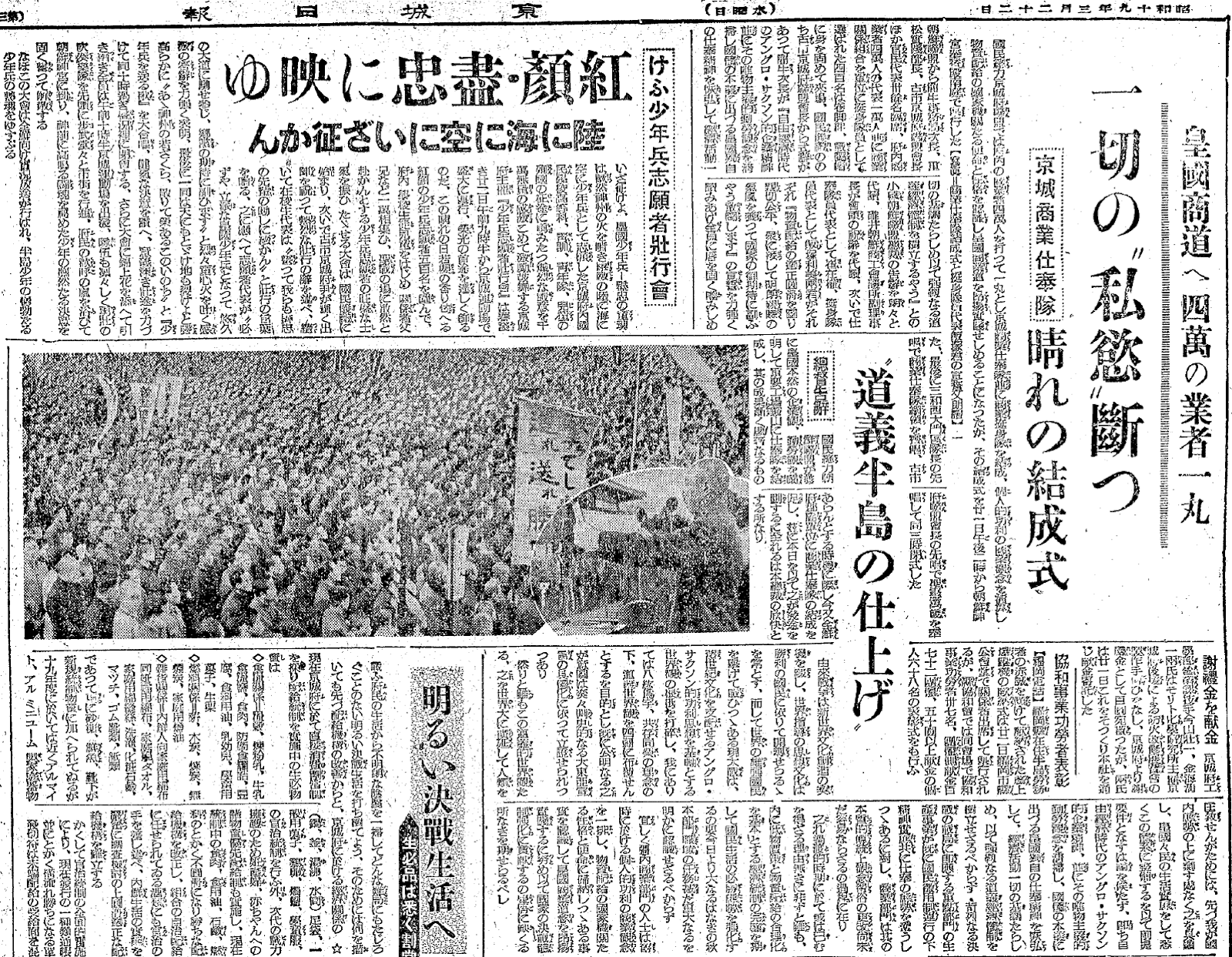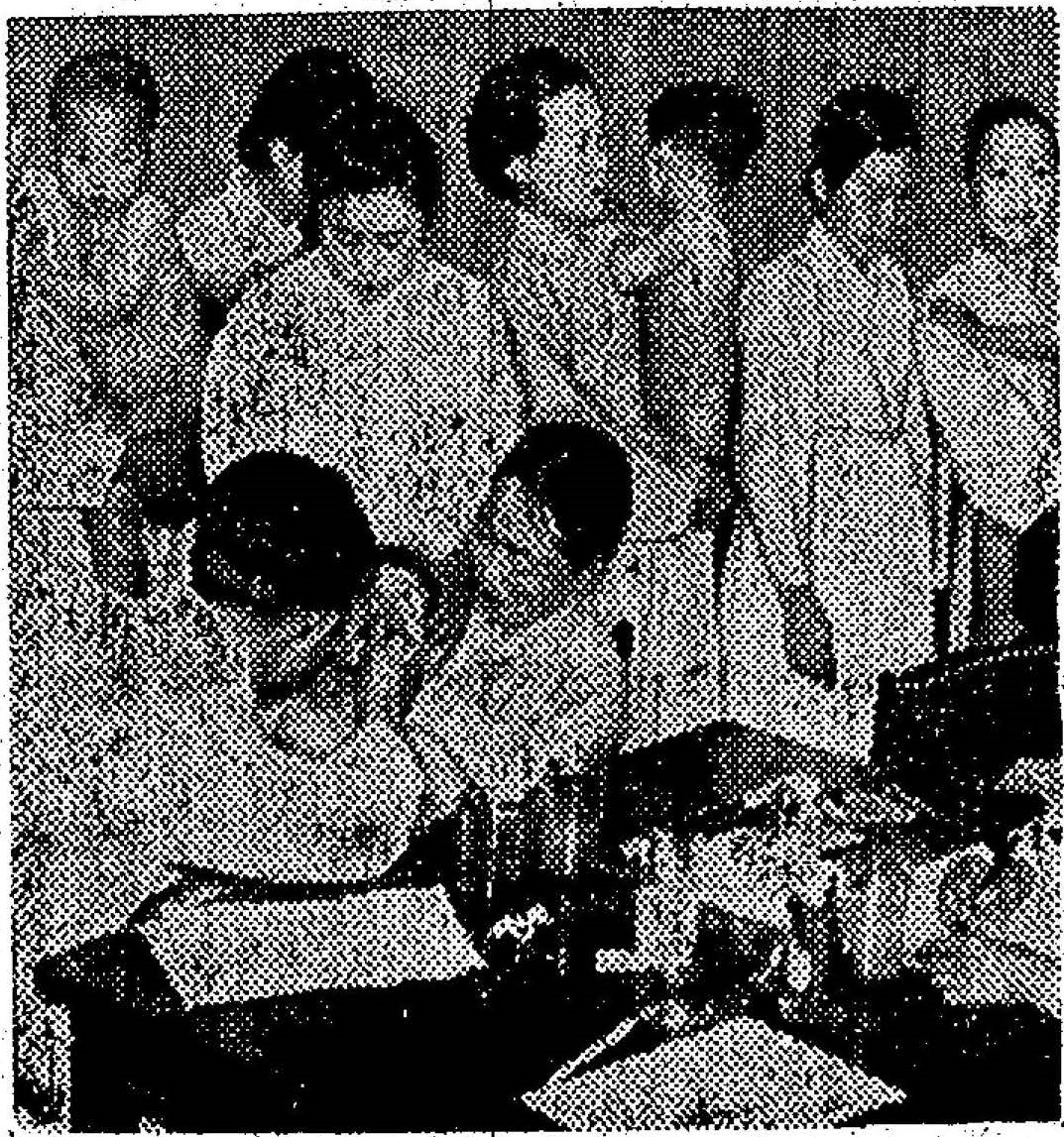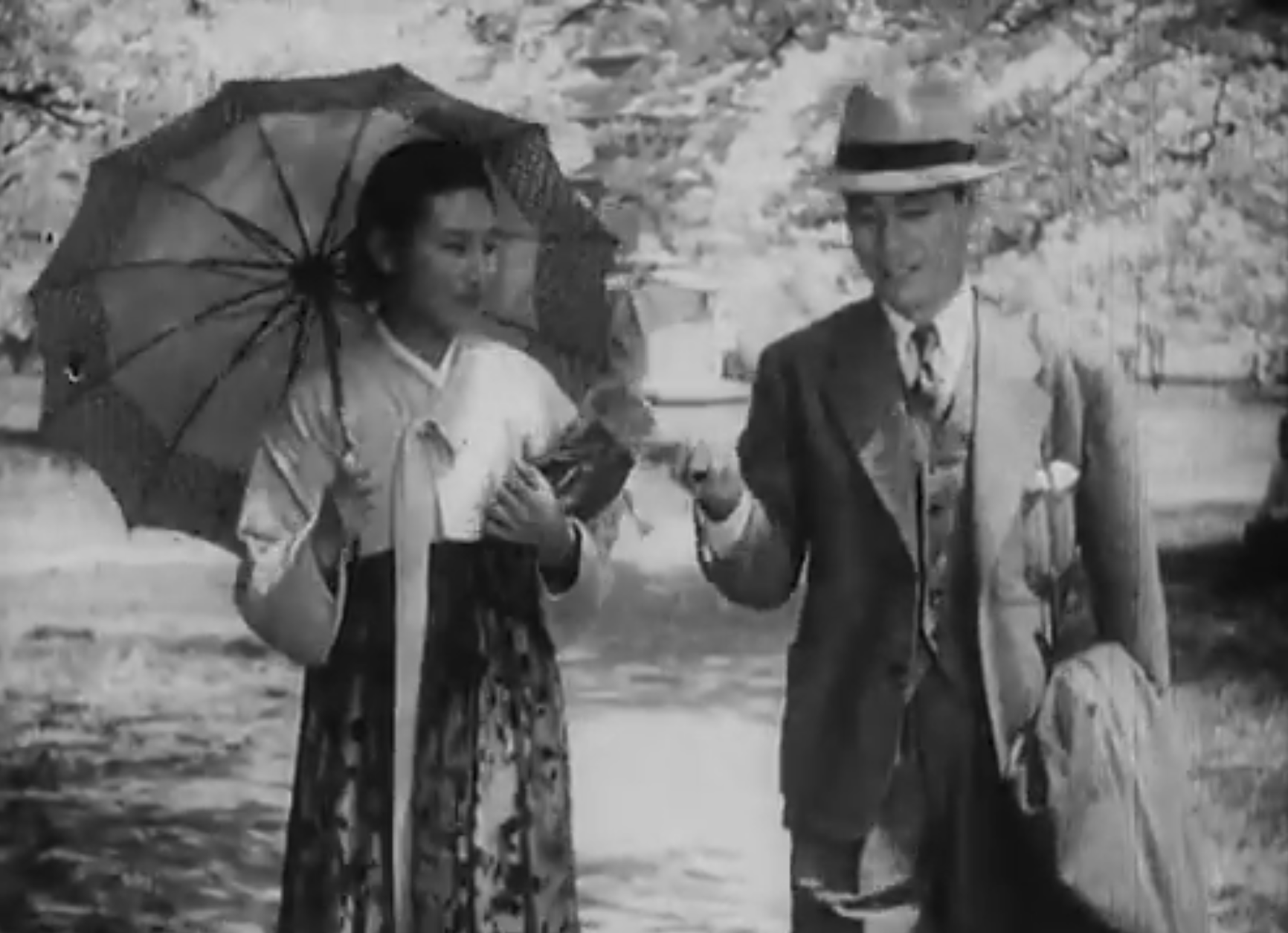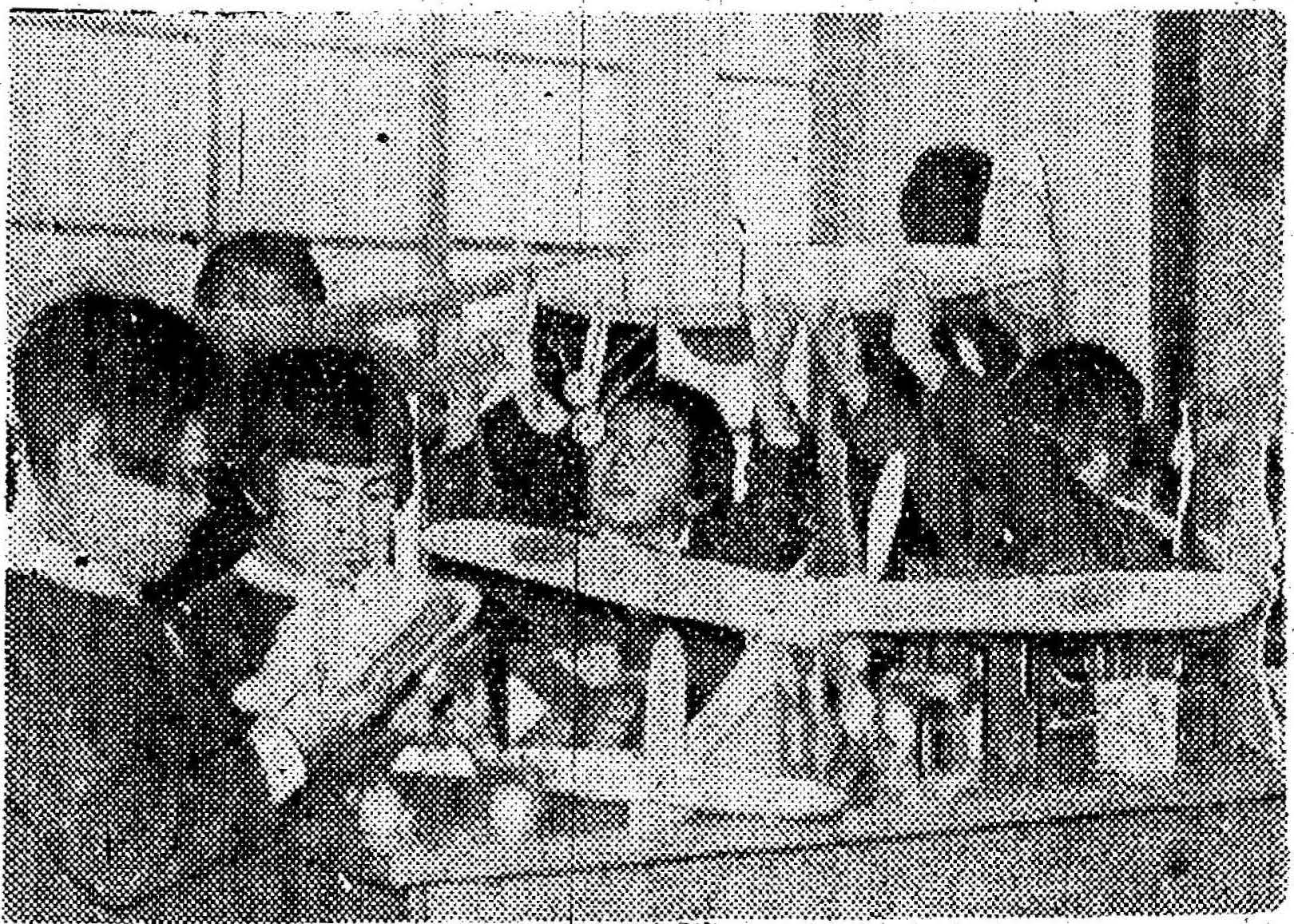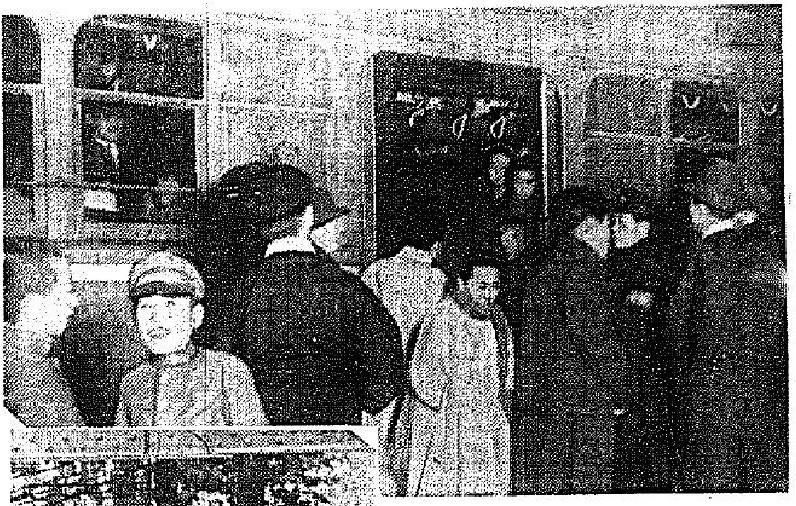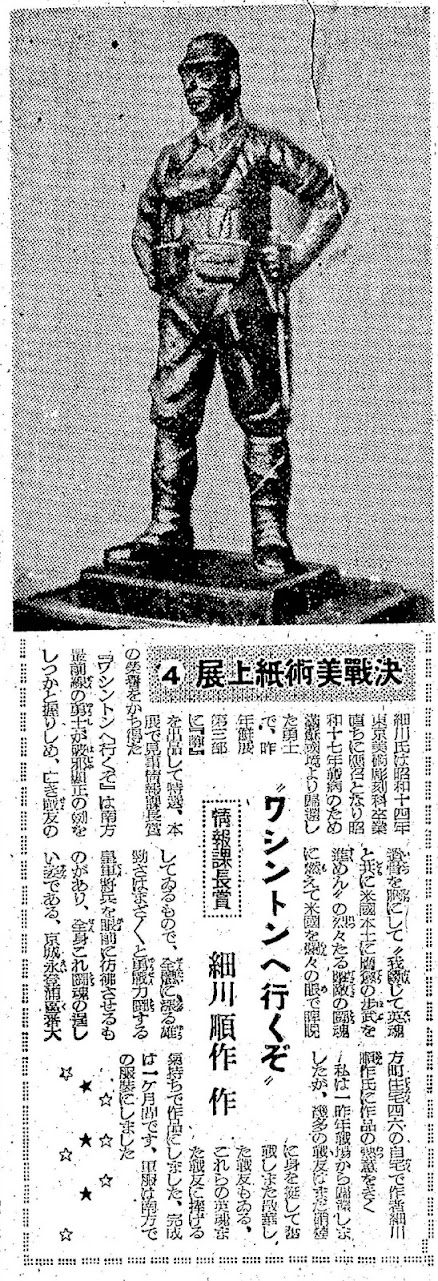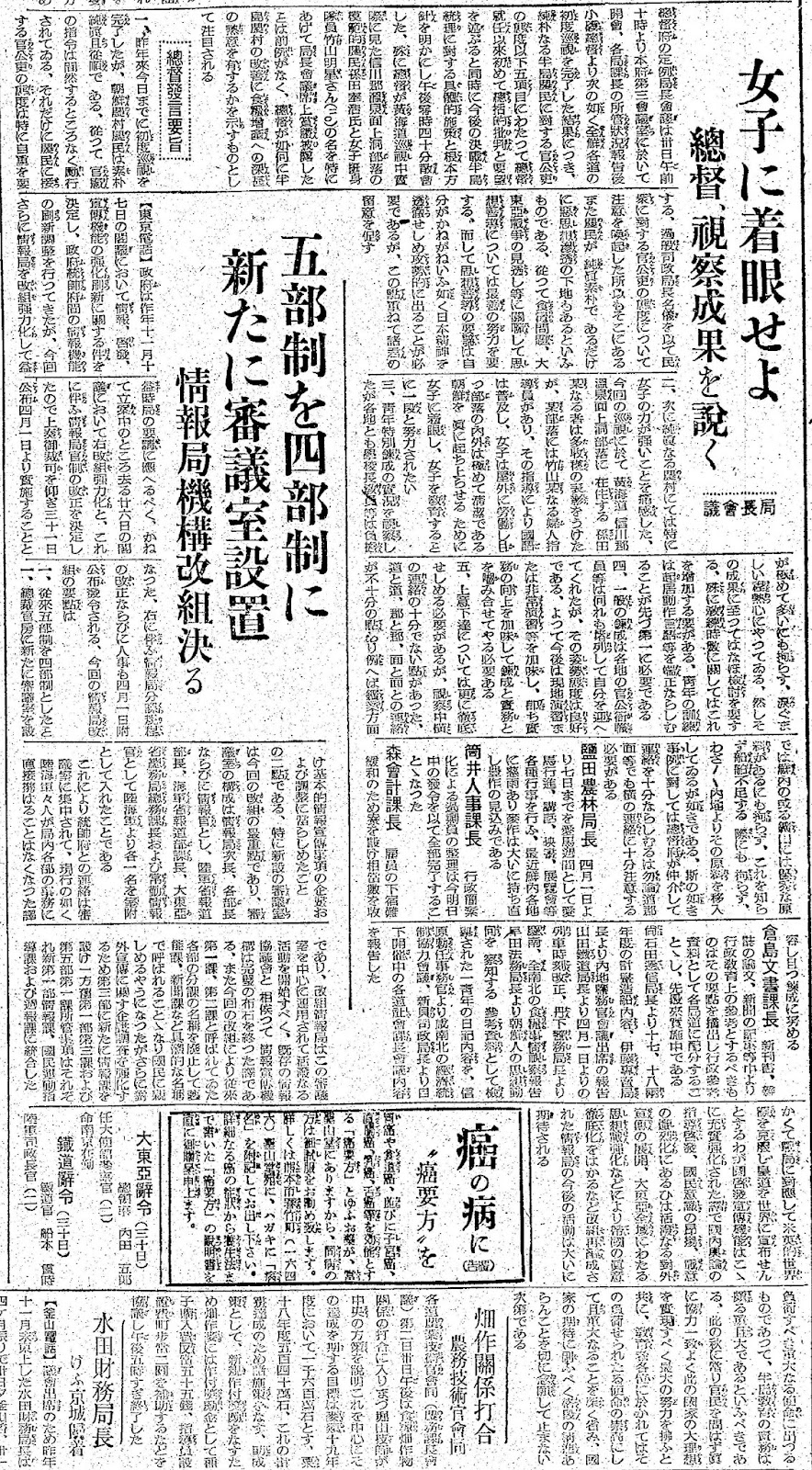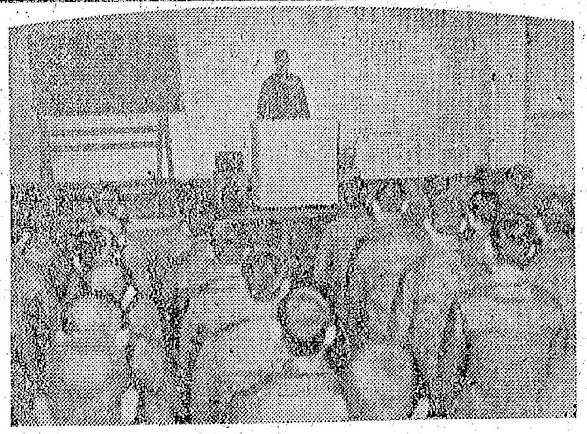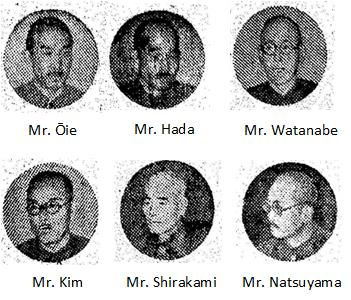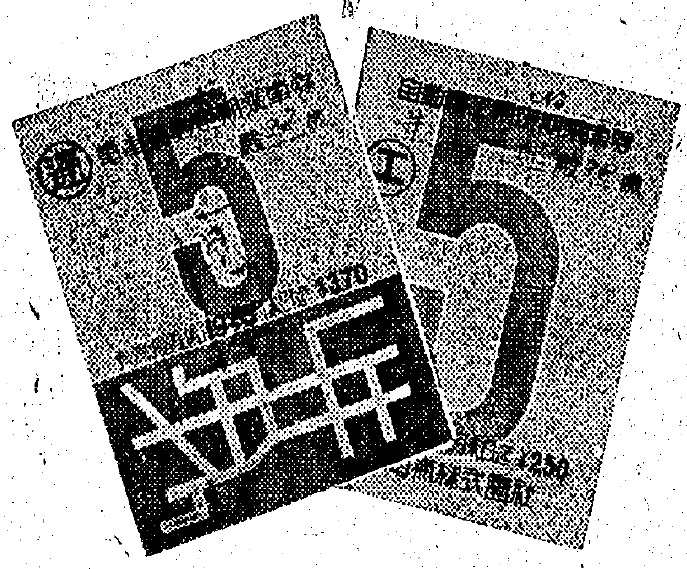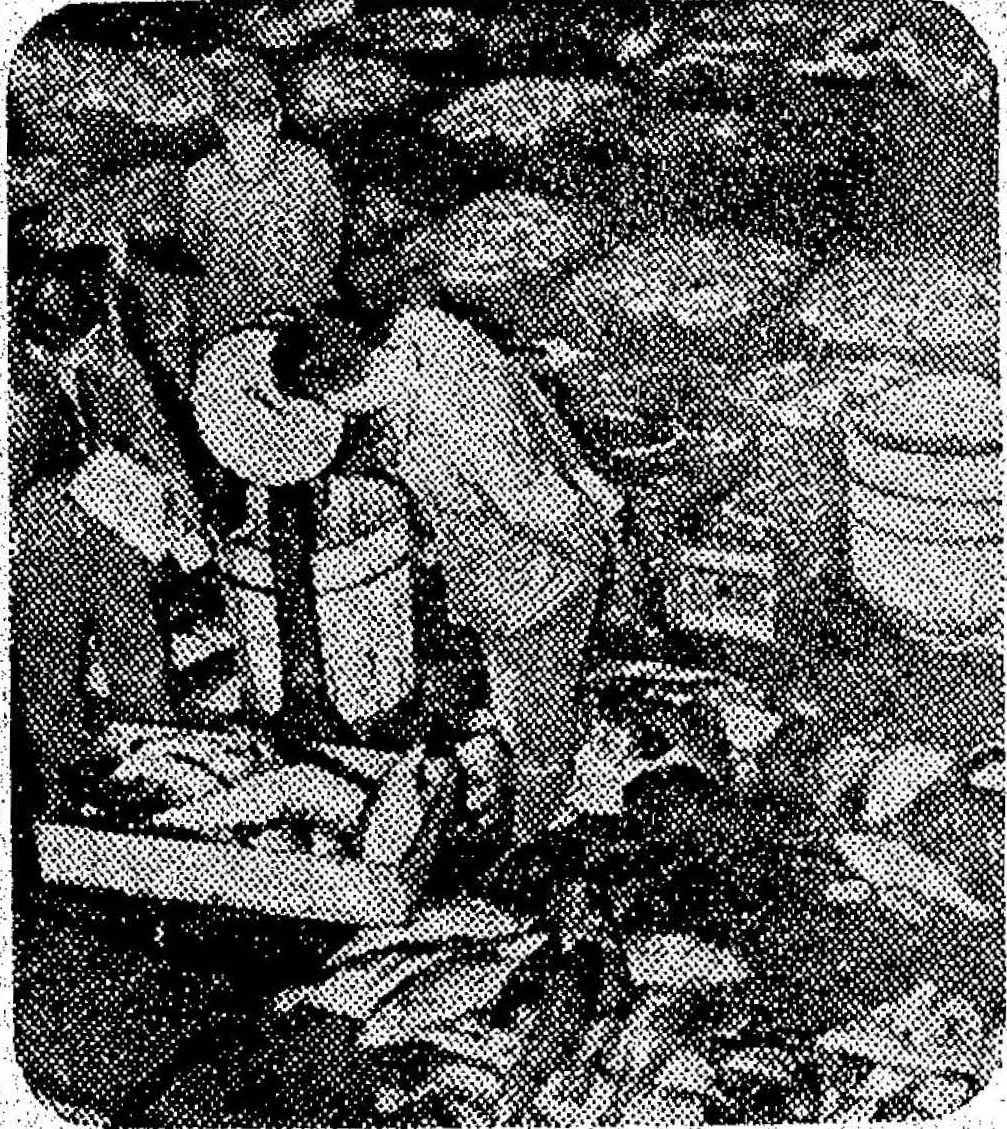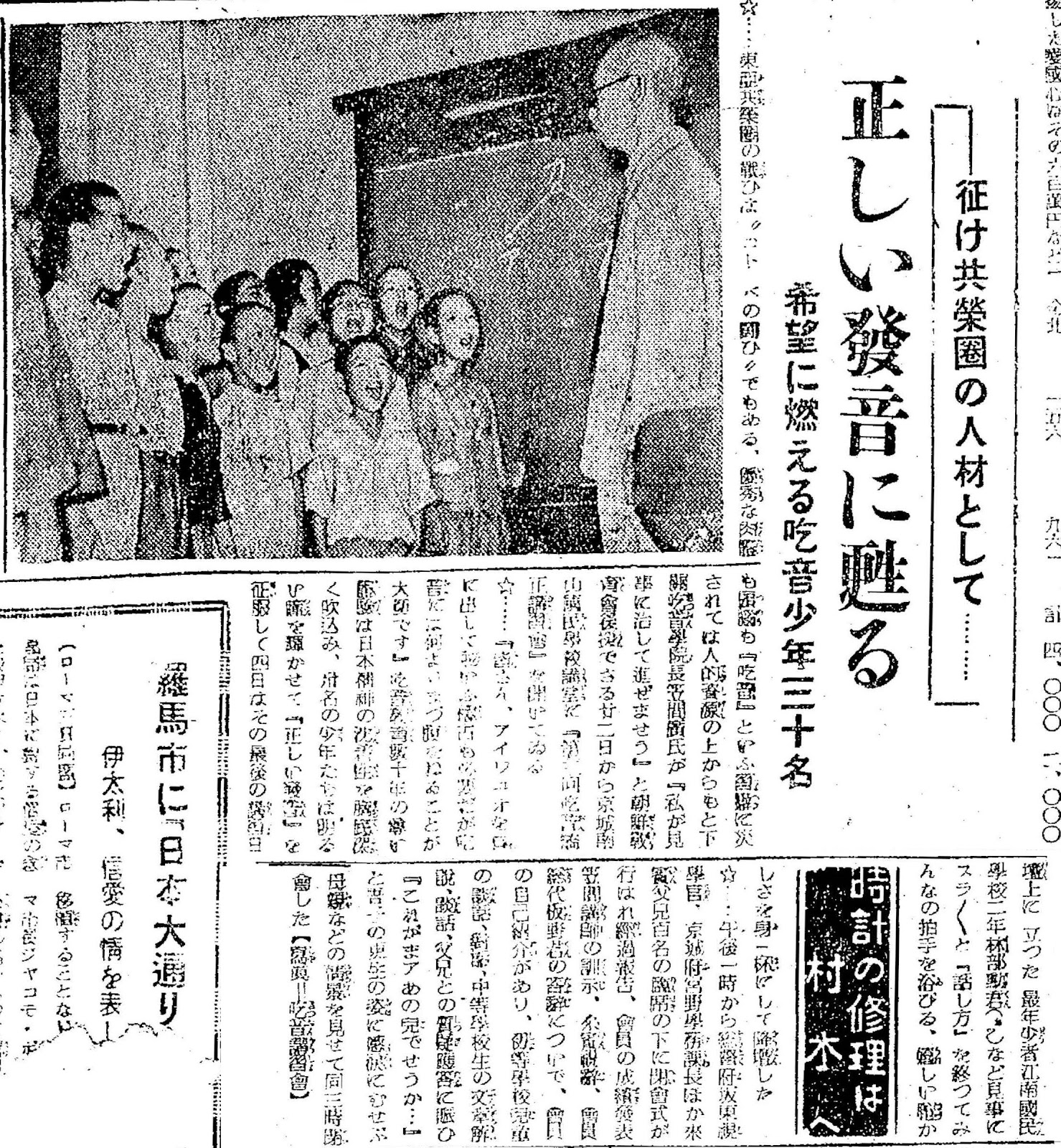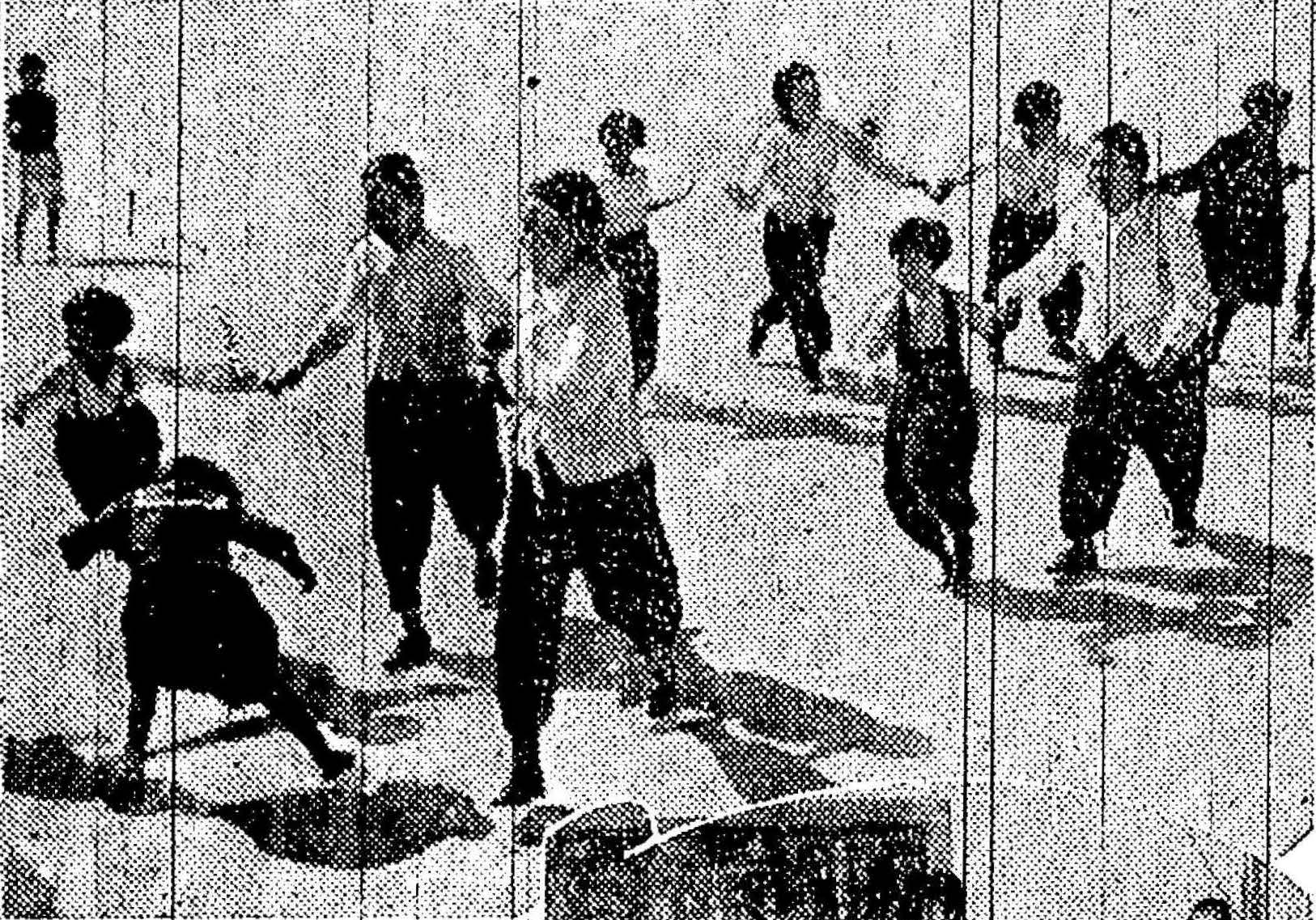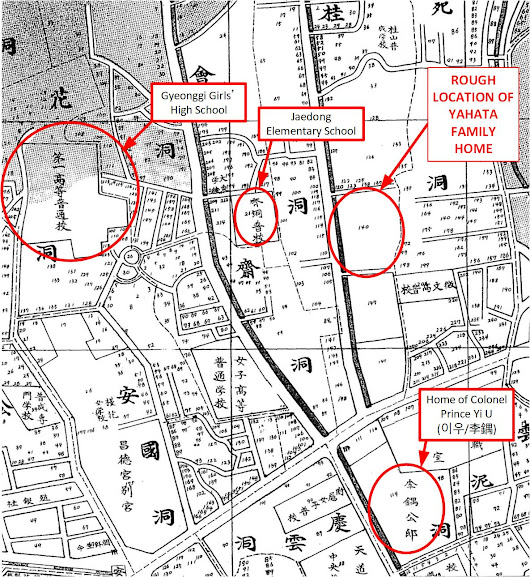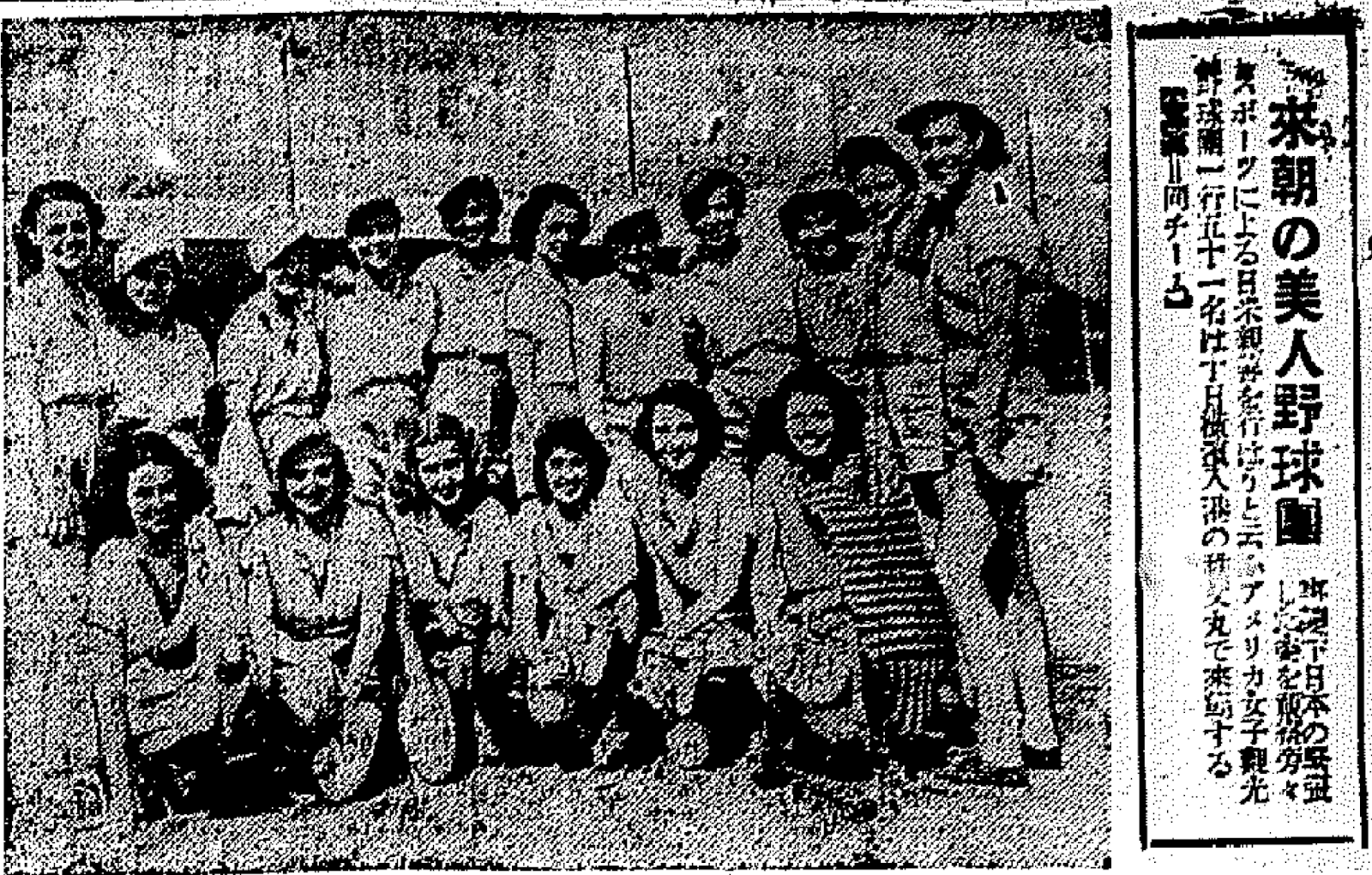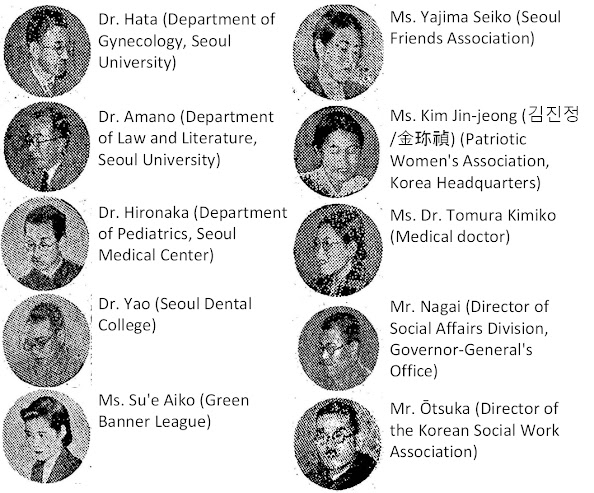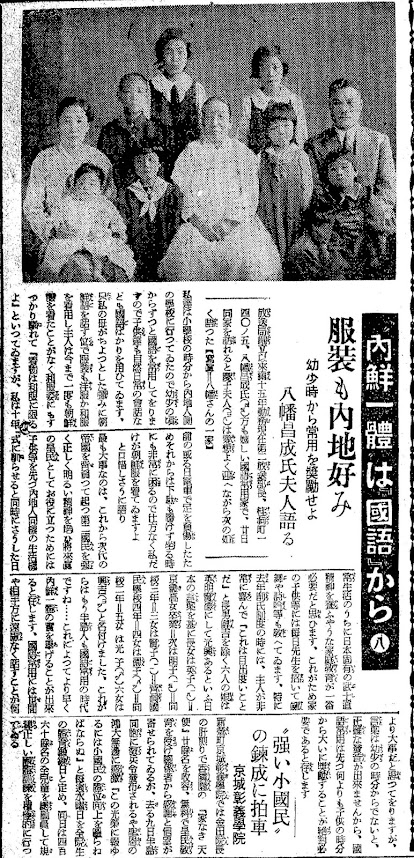
Korean family of radio broadcasting official lived under the Samurai code, spoke only Japanese, and taught their children kenshibu (interpretive dance with katana sword performed to poetry) (Gye-dong Seoul 1942)
(Notes)
Back row, left-to-right: mother Keiko (38), son Kenkichi, daughters Eiko (18), Akiko (15), father Shōsei/Changseong (창성) (45)
Front row, left-to-right: daughters Kōkichi (3), Tokuko (8), paternal grandmother, daughters Kenko (11), Mitsuko (6)
The children of the Yahata family were taught shigin, the art of Japanese poetry recitation that was chanted in a melody. They also learned kenbu or kenshibu, a traditional Japanese interpretive dance with katana sword performed to shigin.
The Yahata family lived in a desirable part of Seoul near the home of Colonel Prince Yi U, a member of the imperial family of Korea as a prince, the head of Unhyeon Palace, and a lieutenant colonel in the Imperial Japanese Army during World War II. He was killed during the atomic bombing of Hiroshima. The home was well within walking distance of Gyeonggi Girls’ High School, which daughters Eiko and Akiko attended, and Jaedong Elementary School, which daughters Kenko and Tokuko attended (showing 1933 map of Seoul).
This location is still in a desirable neighborhood in Seoul today, as shown in the latest Google Map:
The father was the head of the Second Broadcasting Department of Seoul’s radio station. From reading the pages of Keijo Nippo, it seems like Seoul had only one radio station at the time, and there was a First Broadcasting Department and a Second Broadcasting Department. In general, the First Department handled radio programming before noon, and the Second Department handled radio programming in the afternoon and evenings. In the late 1930’s, there was usually a little bit of Korean language programming here and there – a 30-minute news program in the morning with an extra 30 minutes of some talk show, but by the early 1940’s, even that disappeared, and the only Korean language programming available was generally for Japanese language courses taught partly in Korean.
The second article is about the orphans at the orphanage Hyangrinwon (향린원/香隣園), featured in the 1941 Korean-language movie Homeless Angels (Japanese-language synopsis here, Korean-language synopsis here) about a Korean doctor who builds an orphanage, saves a pair of siblings from the streets, and gathers them under the Imperial Japanese flag to pledge their loyalty as Imperial subjects. This article also mentions a conscription order, but in 1942, this was a call for volunteers and an announcement of an upcoming mandatory military draft in the future.
(Translation)
Gyeongseong Ilbo (Keijo Nippo) May 21, 1942
Unification of Japan and Korea starts with the Japanese language
Japanese-style clothing is favored
Encourage the regular use of the Japanese language from childhood, say Mr. Yahata Shōsei and his wife.
Mr. Yahata Shōsei (45), whose address is 140-5 Gyedong, has worked for the broadcasting station for 15 years since its establishment and is currently the head of the Second Broadcasting Department. He is also a happy regular speaker of the Japanese language. When I visited the family on May 20, his wife Keiko (38) greeted me affectionately and the couple told me the following. [Photo: the Yahata family]
“Since we went to school for Japanese people from the time we were in elementary school, we have always used the Japanese language from an early age, so our own children naturally also use only Japanese in daily conversations.
My mother, however, speaks Korean only in passing, and we wear Western or Japanese clothes. My wife has never worn Korean clothes before, and she has become completely used to wearing Japanese clothes, saying that she prefers wearing them. Ten years ago, I injured my foot in the train, and I had no choice but to wear Korean clothes, because it would otherwise have been very cumbersome when sitting down or wearing geta (wooden Japanese sandals)“, Shōsei said regretfully. His wife Keiko spoke,
“The most important thing is that the colonial people who will take on the responsibility of the next generation of the Japanese Empire should be trained to have a strong, correct, and bright spirit. To be of service as true Imperial subjects in the future, we must first get our children used to a lifestyle similar to that of the Japanese people. At the same time, I believe that the most important thing is to educate families to nurture the spirit of Bushidō (Japanese samurai code), which is unique to Japan, in their daily lives. For this reason, we invite teachers into our home every day to teach our children kenbu (interpretive dance with katana sword performed to traditional music and poetry) and Japanese poetry recitation (shigin).
Especially last year, at around the time of Sōshi-kaimei (the 1940 ordinance pushing Koreans to adopt Japanese names), my husband was very happy and said that it was a great honor. Our son is named Kenkichi, but based on the six Chinese characters (英明賢徳光興) in the Japanese proverb saying, ‘gloriously prosperous are the outstanding, smart, wise, and virtuous’, we named our six daughters using those six Chinese characters as follows: Our eldest daughter is named Eiko (英子, 18 years old), who graduated from Gyeonggi Girls’ High School. Our second daughter is named Akiko (明子, 15 years old), third year student at the same school. Our third daughter is named Kenko (賢子, 11 years old), fourth year student at Jaedong Elementary School. Our fourth daughter is named Tokuko (徳子, 8 years old), second year student at the same school. Our fifth daughter is named Mitsuko (光子, 6 years old) and our sixth daughter is named Kōkichi (興吉, 3 years old).
From now on in these times, the Korean people will also use the Japanese language regularly. I believe that this will help us to achieve the fruits of Japanese-Korean unification more quickly. I believe that the most important thing is to speak the Japanese language without hesitation to everyone. Since it is impossible to pronounce Japanese words correctly unless they are spoken from an early age, it is absolutely necessary to encourage the use of the Japanese language from childhood first and foremost.”
Spurring the Training of “Strong Little Citizens”
Seoul Shōgi Academy
At the Seoul Shōgi Academy in Shin’ei-machi, School Director Kaneda has been devoting himself to providing free Imperial Japanese education to more than 20 “homeless angels” from the orphanage Hyangrinwon (향린원/香隣園), and has earned the gratitude and trust of all concerned. As the conscription order was issued to Korean compatriots on April 9th, people were moved by the greatness of his divine generosity. “To repay the honor of this conscription order, we must improve the physical condition of the little citizens,” he said, and he designated every Wednesday as a physical training day for all the students. On that day, he mobilized all the children, numbering more than 460, and actively conducted disciplined group training.
Source: https://www.archive.org/details/kjnp-1942-05-21
Reddit Link:

